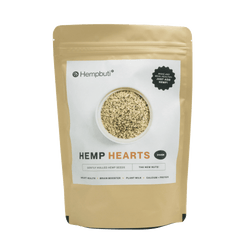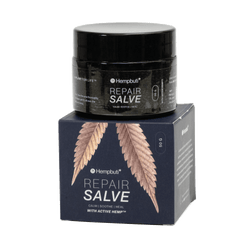Living with pain doesn’t have to mean living on edge—holistic pain management blends movement, mind-body practices, sleep hygiene, and smart medication choices to improve function and quality of life without overreliance on opioids. The latest global and public health guidance backs noninvasive, nonpharmacologic strategies as first-line care for common chronic pain, especially low back pain.
Why go holistic
Nonopioid therapies are preferred for subacute and chronic pain, with options like exercise therapy, CBT, mindfulness, and acupuncture shown to help pain and function while avoiding opioid-related harms. WHO’s 2023 guideline for chronic low back pain recommends education, exercise, and psychological therapies as core interventions in primary care, while de-emphasizing routine imaging, injections, and surgery for non-specific cases.

Core pillars
-
Exercise therapy: aerobic, aquatic, and resistance training improve pain and function; consistency beats intensity for chronic conditions.
-
Mind–body practices: yoga, tai chi, and mindfulness-based stress reduction reduce pain interference and support resilience.
-
Psychological care: cognitive behavioral therapy (CBT) changes pain-related thoughts and behaviors to improve function.
-
Education and pacing: learn flare management, set graded-activity goals, and avoid boom-bust cycles.
-
Nonopioid medicines: NSAIDs, SNRIs, TCAs, gabapentinoids, and topical agents can be strategically layered with nonpharmacologic care.
Where CBD fits
Evidence for cannabinoids in chronic pain shows small, short-term pain improvements mainly with THC-dominant or THC:CBD oromucosal products, with limited or no clear benefit for low-THC CBD-only oral products. Safety matters: CBD can raise liver enzymes and interact with common medications via CYP pathways; recent FDA-backed research found liver enzyme elevations even at consumer-level doses. If considering CBD, discuss medications, start low, monitor for side effects, and avoid use in pregnancy while prioritizing proven nonopioid and noninvasive therapies.

Quick comparison
Make it work daily
-
Schedule brief, frequent movement snacks—short walks or gentle mobility—then progress to structured exercise as symptoms allow.
-
Practice 10 minutes of mindfulness or breathwork daily to dial down pain amplification and improve sleep readiness.
-
Use CBT skills: reframe catastrophic thoughts, set realistic goals, and track wins to reinforce momentum.
-
Build a simple plan: education, graded activity, one mind-body practice, and a nonopioid medication if indicated.








